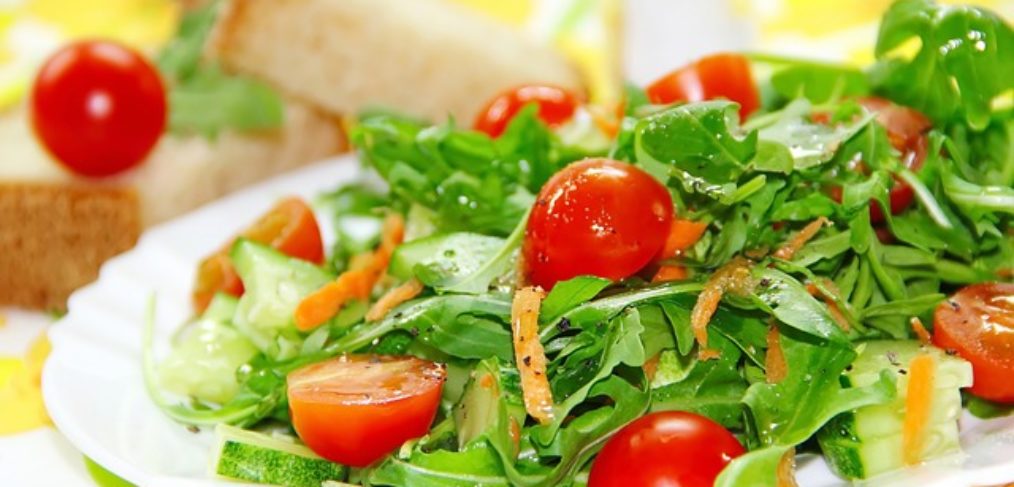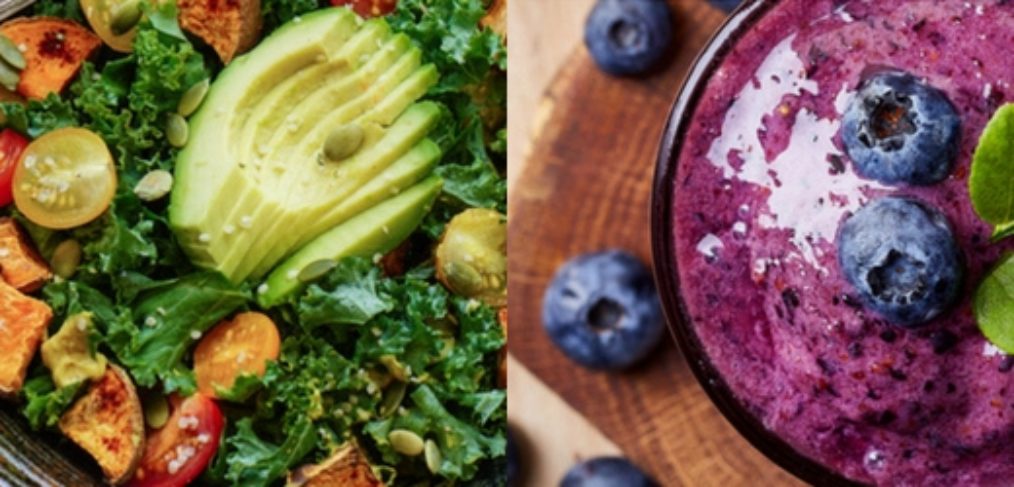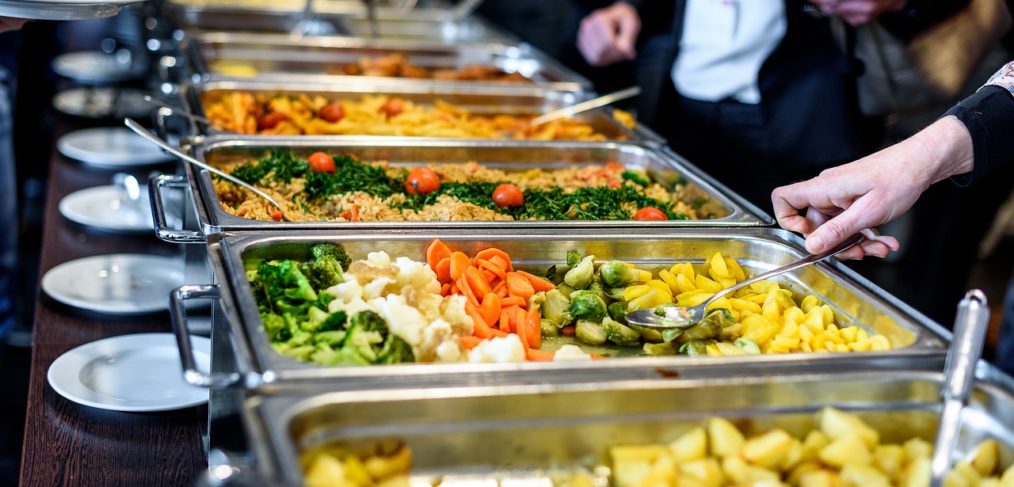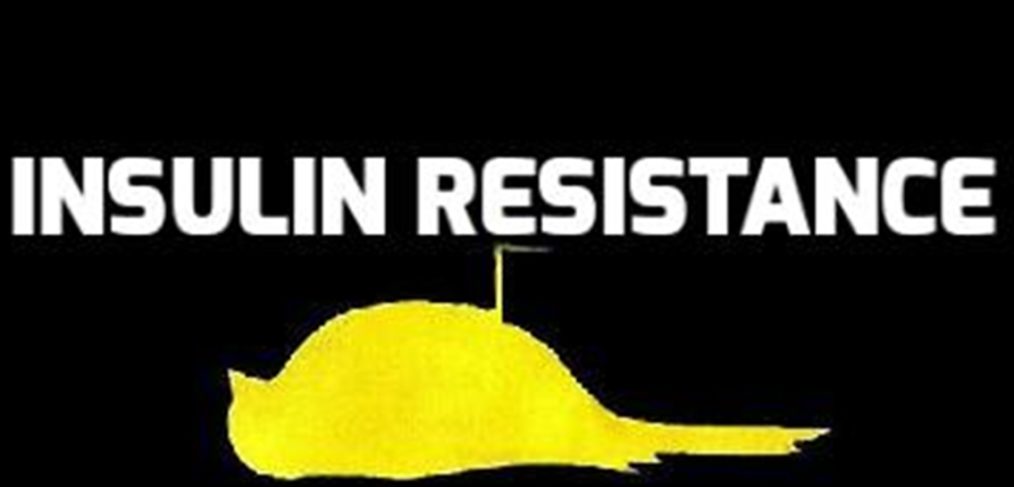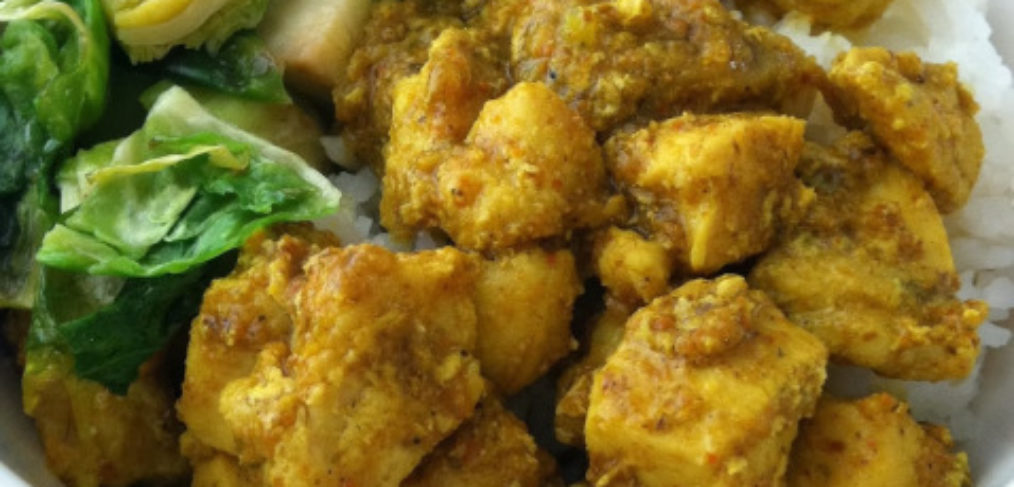No get-up-and-go? Wake up exhausted? Feel tired but can’t fall asleep? Lie awake for hours in the middle of the night? Pump stimulants during the day to keep going?
You could be experiencing a blood sugar dysregulation which is causing disrupted nights. Unfortunately, the worse your sleep patterns, the more blood sugars tend to spin out of control.
What causes blood sugar imbalances?
Here are some common contributors:
- An excessive amount of refined carbohydrates in the diet (breads, crackers, pasta, pastries, baked goods, etc.).
- Chronic low-grade emotional stress or frequent high intensity emotional stress.
- Unidentified physiological stresses, such as food sensitivities, inflammation, or infection.
- Insulin resistance.
How do disrupted blood sugars make you fatigued?
Let’s try an analogy. Your nose is designed to be evenly moist. When you have a cold, the excess mucous congests it to the point that you can hardly breathe. At the other extreme, it sometimes becomes so dry that it bleeds.
Now, let’s imagine the the individual cells of your body to be something like a nose. An excess of insulin will eventually prohibit the passage of nutrients into them, just as mucous prevents the smooth flow of air. When cells don’t get fuel (vitamins, minerals, amino acids, fatty acids, and glucose), they can’t create energy, perform their work, repair, and reproduce. Then you feel chronically fatigued – almost like a nose without enough air.
On the other hand, stresses – both emotional and physiological – take energy away from the cells, like hot, dry wind pulling moisture from a nose. A constant stream of stress will eventually leave a body exhausted and empty like a parched nose. The irony is that any stress triggers cortisol production, and rest is almost impossible when cortisol levels escalate. So no matter how weary you feel, you can’t seem to restore yourself.
Cortisol is a mobilization hormone. When it is high, melatonin drops like the heavy side of a teeter-totter. Melatonin influences your ability to sleep. The less you sleep, the more you want to use sugar and other stimulants to make it through your day. These, in turn, trigger more insulin resistance and more cortisol production. So, instead of having smoothly-regulated blood sugars, the highs get higher and the lows get lower, like a nose that alternately plugs and bleeds repeatedly. Having enough energy becomes a mirage in a desert of fatigue.
How can you stop the spiral?
Of course, you will want to work with a practitioner to find the root cause of your insulin and cortisol spikes. But there are also things you can do at home. These include:
- Eating a diet that is balanced between natural fats, appropriate proteins, and slow-burning carbohydrates from unprocessed whole foods.
- Syncing your body with circadian rhythms of light and dark by being in sunshine during daylight hours and limiting your exposure to artificial light at night.
- De-stressing throughout the day, but especially taking time to wind down in the evening with regular relaxation practices, such as meditation, gratitude, journaling, aromatherapy, breathing exercises or yoga.
To learn more about intercepting the Tiredness Spin, you can register for a local, live class on Taming Fatigue.


